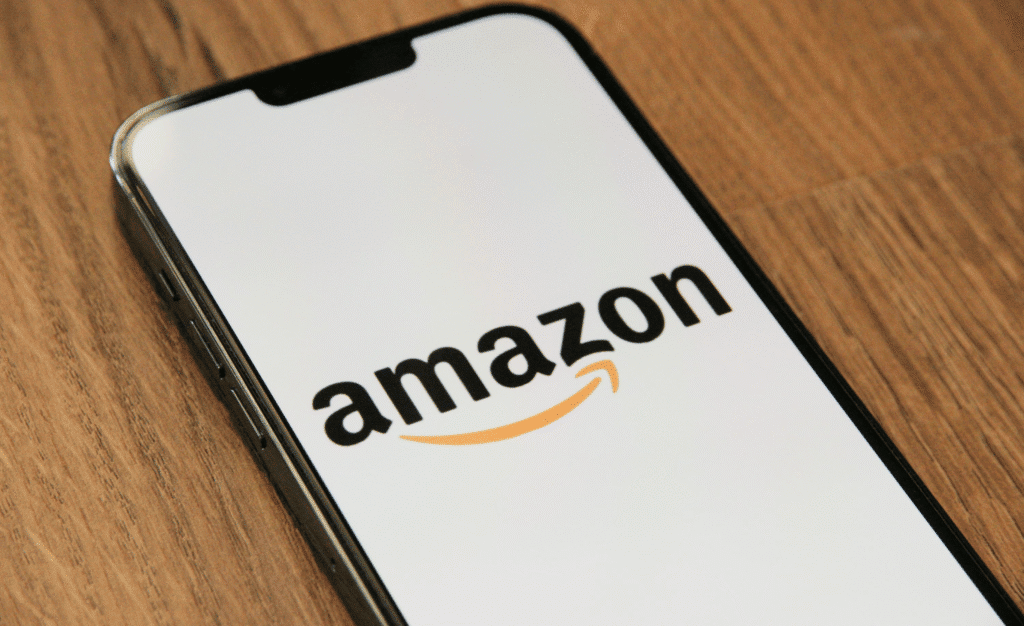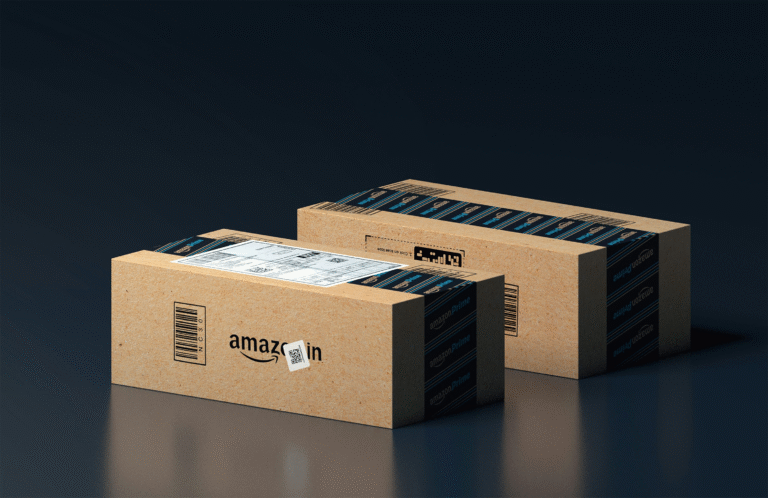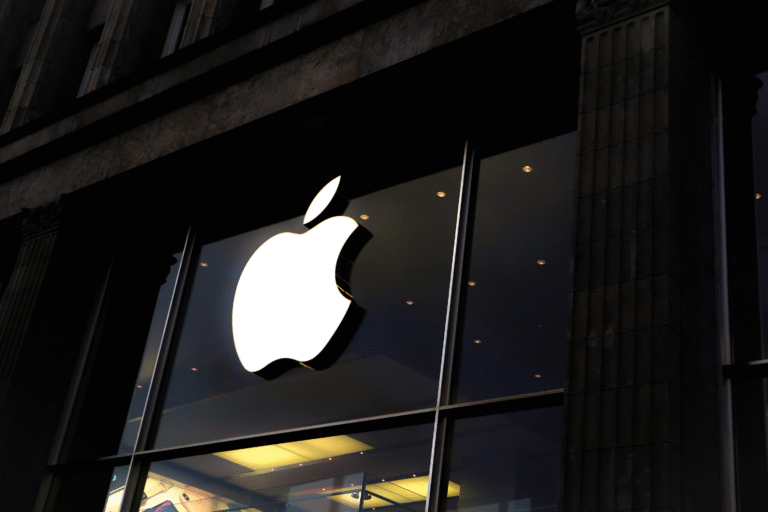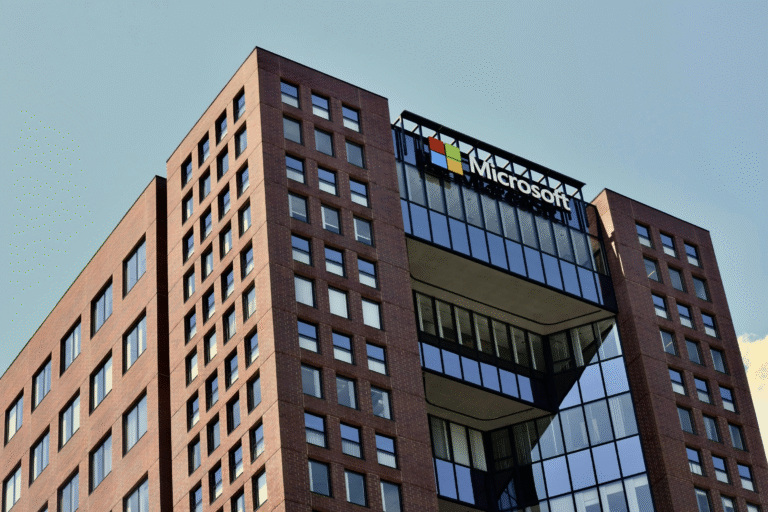Starting in December 2025, people visiting certain medical clinics will soon be able to collect their prescribed medicines right after seeing their doctor. Amazon is introducing electronic kiosks at some of its One Medical primary care locations, allowing patients to get common medications on the spot instead of waiting for deliveries or visiting separate pharmacies. This new step aims to make getting medicines faster, easier, and more convenient for everyone.
At first, this service will launch in Los Angeles, where One Medical patients will be able to receive prescriptions such as antibiotics, inhalers for asthma, and medicines for high blood pressure. These are common treatments that people usually need quickly after a consultation. Instead of going to a different pharmacy, patients can walk to an electronic kiosk inside the same clinic and collect their medicine. The kiosks are designed to remove barriers that make it harder for people to access medications and to reduce the cost of shipping them.
Amazon Pharmacy, which has mainly focused on home delivery since it began operating, will be offering in-person pick-up for the first time. Hannah McClellan Richards, a vice president at Amazon Pharmacy, explained that this change allows patients to choose between home delivery and quick pick-up from a kiosk. Patients will also be able to speak with a licensed pharmacist through a virtual consultation if they have any doubts or questions about their prescriptions.
The kiosks will not store medicines that must be kept refrigerated, such as certain weight-loss drugs, or tightly controlled medicines like strong painkillers. Each kiosk’s inventory will depend on what doctors at that clinic most often prescribe. The idea is to ensure that patients can immediately get the medicines they are most likely to need.
One Medical, which Amazon bought in 2023, offers primary and urgent care services. It follows a membership model where patients can pay $199 per year to access different healthcare benefits. However, even people without memberships will still be allowed to book appointments and use the kiosks. This means the new pharmacy option will be available to almost everyone who visits these clinics, not just members.
Amazon has already shared that this is just the beginning. The company plans to bring these kiosks to more parts of the United States after 2026. Discussions are already underway with other healthcare systems to form partnerships and introduce the kiosks at their locations too. This shows that Amazon wants to play a bigger role in the everyday healthcare experience of people, combining technology with medical care to make everything smoother and quicker.
Another reason for introducing the kiosks is to manage rising shipping and delivery costs. Analysts have pointed out that shipping medicines to customers’ homes is expensive and can affect Amazon’s profits. By placing medicine supplies inside clinics, closer to where patients are, Amazon expects to lower those costs significantly. Richards explained, “If you put inventory closer to customers, your shipping costs go way down and your demand goes way up.” In other words, when people can access what they need easily, more people are likely to use the service, and fewer resources are wasted on long deliveries.
The kiosks are also expected to solve a common healthcare problem: many patients forget to fill their prescriptions or delay it because they have to travel to a pharmacy. When medicines are available right where the doctor visit happens, patients can start their treatment immediately. This not only








